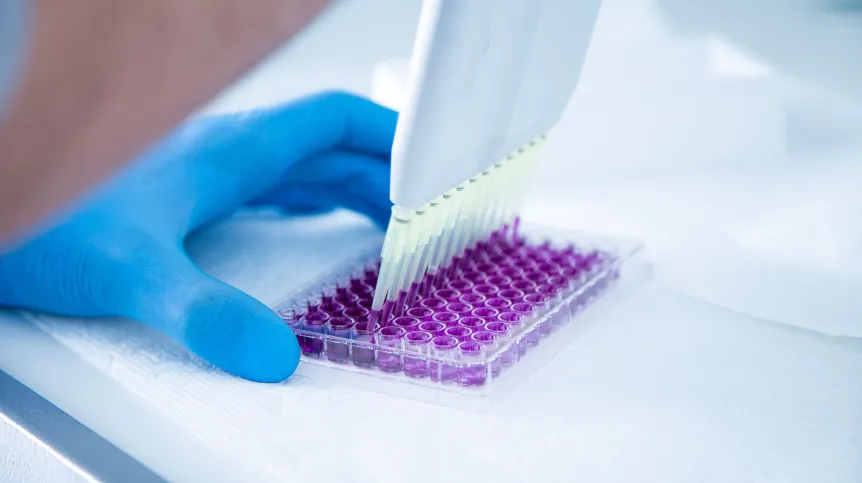
The cells of the body, which form various tissues, undergo divisions (mitosis) and pass on information about their role in the body to the next generations of cells. Researchers from Warsaw show how some processes responsible for the positive genetic memory or transcriptional memory work. Their research has implications for cancer research.
Although the cells in one organism have the same DNA, they do not all function the same way. Nerve cells do not even look like heart or bone cells, and the functions of cells in the bony labyrinth differ from the role of the immune system cells or, for example, cells in the taste buds on the tongue. Such specialized cells must multiply from time to time in the process of mitosis, giving rise to the next generation of cells. And in this process, they have to somehow convey information about their 'identity'. New cells that appear in the pancreas must somehow know that they should produce digestive enzymes rather than - like the cells in the retina of the eye - process information about light.
Researchers from the International Institute of Molecular and Cell Biology in Warsaw, in their publication in Cellular and Molecular Life (https://link.springer.com/article/10.1007/s00018-022-04651-1), considered how this 'identity' is recorded in the body.
The general answer well known: epigenetic memory is responsible for maintaining this 'identity'. It introduces the appropriate gene markers that cause genes to be active or inactive.
The process of placing markers of active genes (positive epigenetic memory) is catalysed by the protein KMT2/MLL, present in various tissues.
“Disruptions in the function of this protein introduce confusion and change the +identity+ of cells, which in turn most often causes cancer, but also mental diseases,” the team said in a press release.
But they also wanted to understand how KMT2/MLL proteins find their targets in order to deposit a mark on active genes.
In their latest work, the scientists show that small fragments of these proteins (called domains) and interactions between them are sufficient for this purpose. The authors also show that even a single cancer-related missense mutation in the PHD domains can abolish targeting.
“In conclusion, genetic memory depends on a feed-forward loop that deposits H3K4 methylation, an activating chromatin mark, on already active promoters and enhancers,” the scientists said.
Until now, it was not clear how KMT2/MLL methyltransferases find their chromatin targets. The publication shows that clustered PHD domains in the KMT2/MLL methyltransferases alone are sufficient for the targeting.
The researchers said: “The known promoter or enhancer preferences of individual MLL/KMT2 methyltransferases are shown by the authors to be attributable to the presence or absence of the CXXC domains, respectively.
“The work presents the first genome-wide characterization of a histone reader domain in cells. MLL/KMT2 genes mutations are strongly associated with cancer. Even a single cancer-related missense mutation in the PHD domains can abolish targeting specificity. Therefore, the work also has medical implications.”
PAP - Science in Poland, Ludwika Tomala
lt/ zan/ kap/
tr. RL













